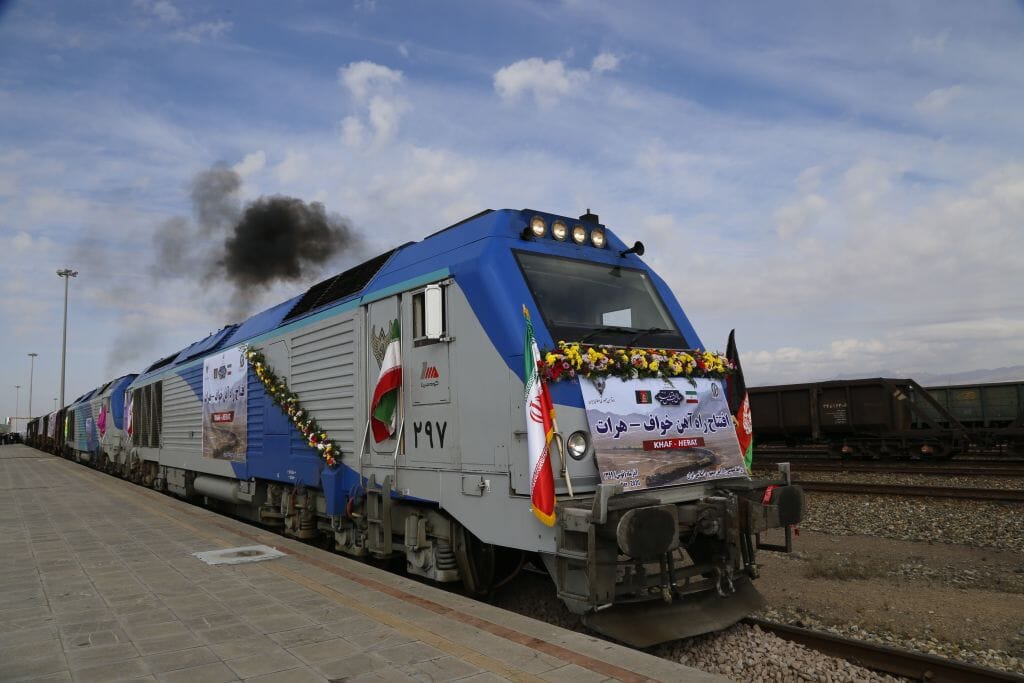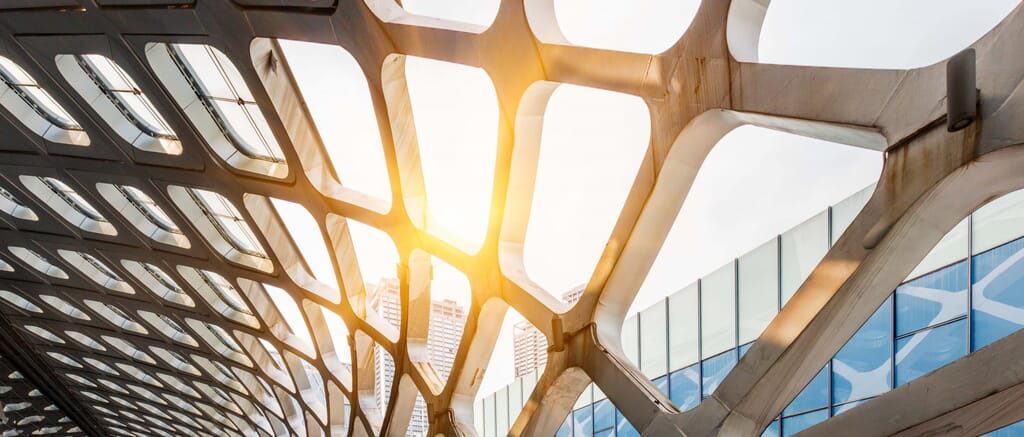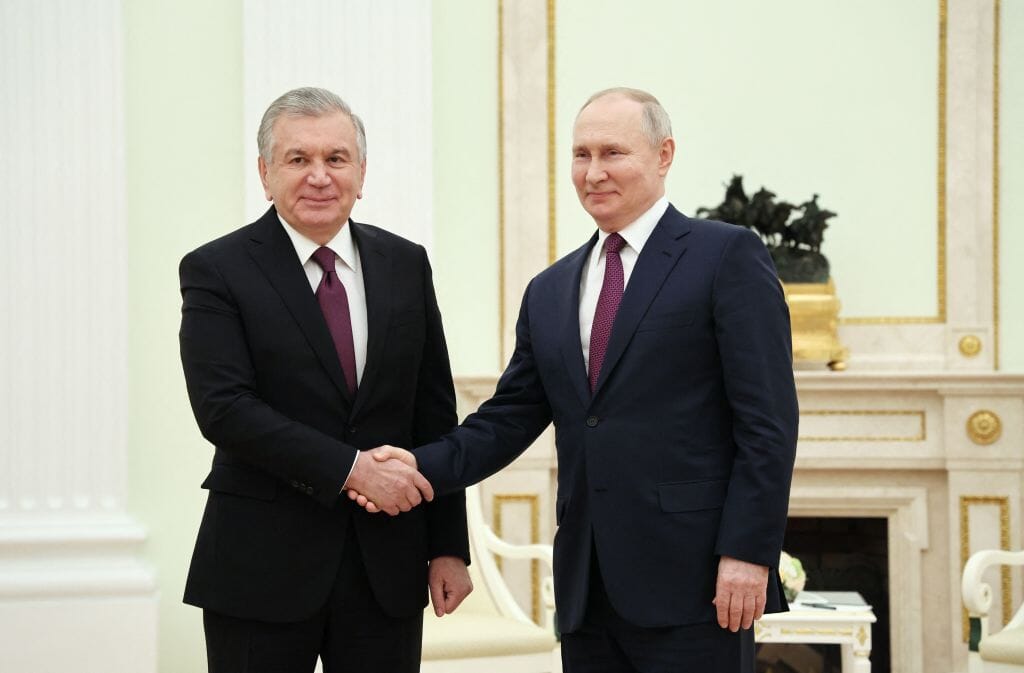News
Afghanistan-Iran complete first trial run of Khaf-Herat railway

The two countries, faced with sanctions and political isolation, are not completely isolated from global networks.
Despite their current estrangement from the West, Iran and Afghanistan have test run a roundabout rail link that aims to connect with the rail networks of China and India. As market access to Europe is blocked off, the ostracized pair seek to find an alternative route.
Transport links have been a key part of Iran and Afghanistan’s strategy to bolster their international position in the wake of their estrangement from the West and the crisis in Ukraine. To this end, the trial run of the Khaf-Herat railway project provides an opportunity for Tehran and Kabul to show that, in spite of the efforts of the West, they are not isolated.
For context, on 9 May, the first trial run of cargo from Iran to Afghanistan via the Khaf-Herat railway was completed. This shipment included 17 wagons that transferred 655 tons of railway equipment that will be used in the further construction of the rail line. The Khaf-Herat railway is 225 kilometers long, with 140 km of the railway track traversing Afghanistan and the remaining 85 km running through Iran. The construction of the Khaf-Herat railway line, which links Khaf in eastern Iran with Herat in western Afghanistan, began back in 2007. The project has a reported value of $75 million and is funded by Iran. Recently in the press, Iranian government officials have noted that this rail line would link up with the rail network of China and India.
The Khaf-Herat railway project has been part of a proposed $2 billion Five Nations Railway Corridor (FNRC), which would run through Iran, Afghanistan, Tajikistan, Kyrgyzstan, and China. The total length is 2,000 km and the railway route runs from Herat to the Afghan-Tajik border and, after crossing Tajikistan, passes through Kyrgyzstan, where it will reach China’s Xinjiang region via the China-Kyrgyzstan-Uzbekistan (CKU) railway.
Iran’s railway ambitions go beyond Afghanistan. By advancing a web of routes, Iran has sought ways to avoid isolation and export to alternative world markets. By aligning itself with powers such as China and Russia, Iran has signalled that despite the restrictions associated with Western sanctions, alternative options do exist.
Having been under the thumb of Western sanctions for a long time, Iran has created a well-developed sanctions-dodging supply chain. The sanctions against Iran span a period of more than four decades, while Afghanistan has been under sanctions since the Taliban regime came to power in August 2021. This Khaf-Herat rail line is part of Iran’s wider goal of establishing sanction-proof corridors in the region. In light of this, both Iran and Afghanistan share the objective of undermining Western sanctions, and since the Russian invasion of Ukraine, they have announced a flurry of joint transport initiatives toward this end.
The Russia-Ukraine conflict has been re-arranging the Eurasian political and supply chain map with considerable consequences. Against this backdrop, Iran has added fresh impetus to transport projects in the region. For Iran, the major railway projects it is involved in include the FNRC and the International North-South Transport Corridor (INSTC), a 7,200 km long project conceived in 2000. The INSTC is made up of a multi-modal network of ship, rail, and road routes for moving freight between India, Iran, Azerbaijan and Russia, financing and security concerns remain.
Despite this growing alignment, uncertainties persist. The development of new transit routes represents Iran’s efforts to help facilitate the flow of goods the West wants to stop. This new reality has elevated transport projects to provide a lifeline to the Iranian and Afghan economies. By linking the Khaf-Herat railway to broader rail networks, Iran aims to take advantage of regional overland trade routes. Afghanistan and Iran teaming up their transport corridors could spell trouble for the West and can only make enforcing sanctions even more tricky.
This article was first published in The Diplomat.
Photo credit: MOHAMMED RAMEZANI/ISNA/AFP via Getty Images
Newsletter signup

Intelligence delivered ingeniously
Helping key decision makers, make the right commercial decisions


